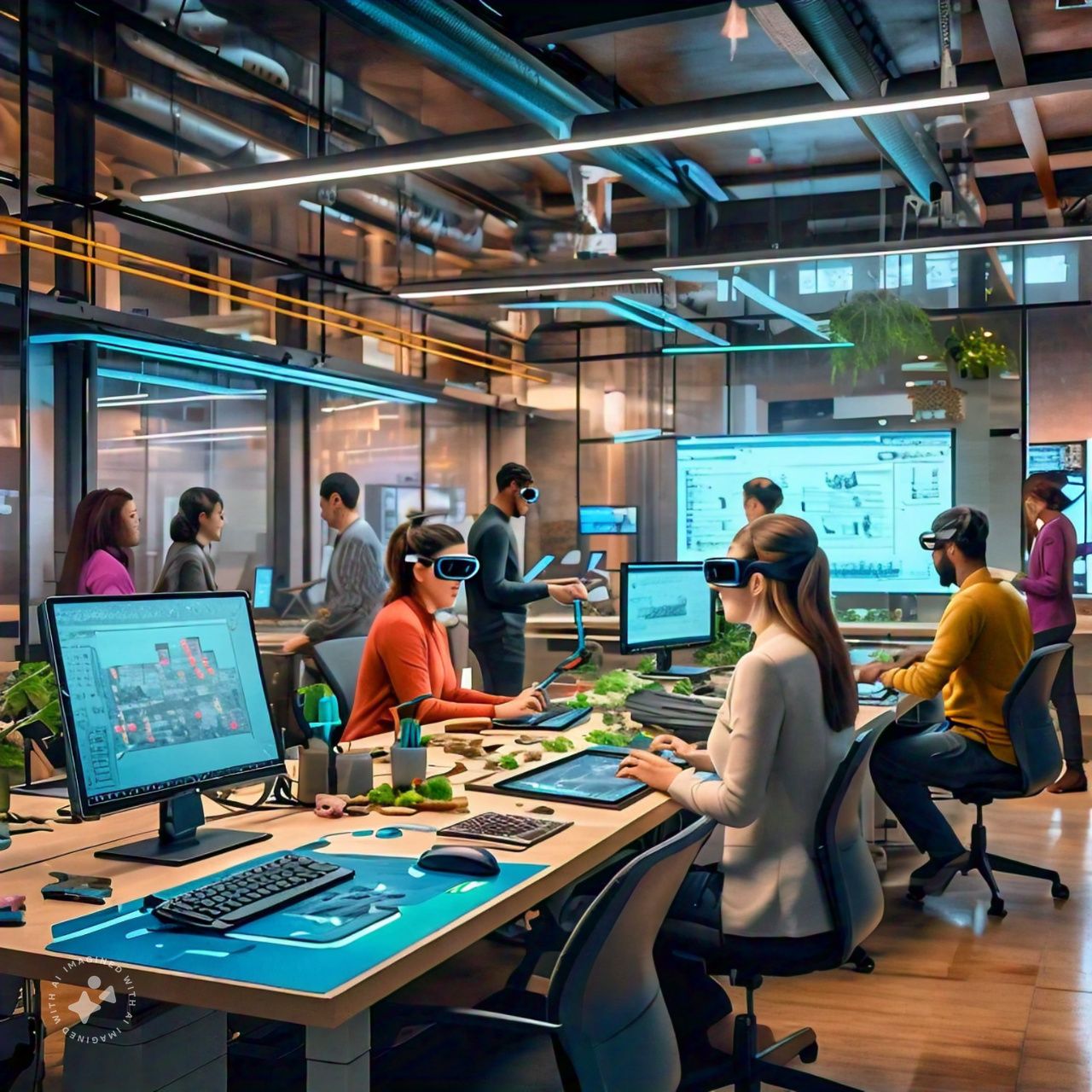Tech Innovations in Space Exploration: The New Frontier
Space exploration has long captured humanity’s imagination, from the historic Apollo moon landings to the ongoing efforts to send humans to Mars. As we enter a new era of discovery, technological advancements are revolutionizing space exploration, enabling unprecedented missions, deeper understanding of the universe, and even the possibility of human settlements beyond Earth. This article delves into some of the most exciting and transformative technological innovations shaping the future of space exploration.
1. Revolutionizing Rocket Technology: Reusability and Cost Reduction
One of the most significant barriers to space exploration has been the high cost of launching spacecraft. Traditional rockets are often discarded after a single use, making missions prohibitively expensive. However, recent breakthroughs in rocket technology are transforming the economics of space travel.
SpaceX, a leader in this field, has pioneered the development of reusable rockets with its Falcon 9 series. The ability to land and reuse the first stage of the rocket dramatically reduces costs and increases the frequency of launches. SpaceX’s success with its Falcon Heavy and Starship rockets promises even more ambitious missions, including the planned crewed missions to Mars.
In addition to SpaceX, companies like Blue Origin and Rocket Lab are also making strides in rocket reusability, which is likely to become the standard for space exploration in the near future. This technological leap is expected to open the door to a new era of affordable space travel, enabling not only government space agencies but also private enterprises and researchers to explore the cosmos.
2. Autonomous Spacecraft and AI-Powered Navigation
Space missions, particularly those to distant planets and moons, require precision and decision-making capabilities far beyond human reach. Autonomous spacecraft are at the forefront of this challenge, using artificial intelligence (AI) to navigate, collect data, and even make decisions without human intervention.
NASA’s Mars rovers, including Perseverance and Curiosity, are equipped with AI-driven systems that allow them to navigate the Martian surface, avoid obstacles, and carry out scientific tasks autonomously. These rovers are designed to work in environments where communication delays with Earth could last up to 20 minutes, making real-time human control impractical.
AI also plays a crucial role in mission planning, data analysis, and real-time decision-making. Machine learning algorithms are enabling spacecraft to process and interpret vast amounts of data more efficiently, leading to more accurate findings and discoveries. As AI technology advances, the potential for fully autonomous interplanetary travel, where spacecraft make decisions independently, is increasingly likely.
3. Space Habitats: The Path to Long-Term Human Presence in Space
A key goal in space exploration is the establishment of long-term human habitats in space. Innovations in life support systems, sustainable energy sources, and space habitat construction are making this dream a reality.
NASA’s Lunar Gateway, a space station planned to orbit the Moon, will serve as a staging point for missions to the lunar surface and eventually Mars. The Gateway will host scientific labs, living quarters, and docking ports for crewed missions, offering vital insights into the challenges of long-duration space travel. The lessons learned from these missions will help inform the design of future Martian habitats.
Private companies are also playing a crucial role in space habitat development. SpaceX’s Starship, for example, is designed to carry large numbers of people and cargo to Mars, potentially laying the groundwork for human colonization. The spacecraft’s ability to refuel in space will allow for more sustainable missions and could reduce the cost of transporting materials to other planets.
The development of self-sustaining habitats, which can provide water, food, and air for astronauts, is another critical innovation. Researchers are exploring closed-loop life support systems that recycle air and water, while hydroponic farming systems are being tested to grow food in space. These technologies will be crucial for supporting long-term human missions on the Moon, Mars, and beyond.
4. Advanced Propulsion Systems: Speeding Up Space Travel
One of the biggest challenges in space exploration is the immense distances between celestial bodies. Current propulsion technologies, such as chemical rockets, are efficient for short trips but inefficient for long journeys. To overcome this, scientists and engineers are developing next-generation propulsion systems that could dramatically reduce travel time and open up new frontiers for exploration.
Ion thrusters, already used on some space missions, offer a much more efficient form of propulsion than traditional chemical rockets. These systems use electric fields to accelerate ions, providing a continuous and highly efficient thrust. NASA’s Dawn spacecraft used ion propulsion to explore the asteroid belt, demonstrating the potential of this technology for deep space exploration.
Another promising propulsion system is nuclear thermal propulsion, which uses nuclear reactions to heat a propellant, creating a powerful thrust. This technology could cut travel time to Mars by up to half, making human missions to the Red Planet more feasible within the next couple of decades.
In the long term, even more advanced concepts like solar sails and antimatter propulsion are being studied, which could enable spacecraft to reach distant stars and explore exoplanets beyond our solar system.
5. Space Mining: Extracting Resources from Other Planets
As space exploration expands, the demand for resources like water, metals, and fuel will increase. Space mining, the practice of extracting these resources from asteroids, moons, and other celestial bodies, is becoming a key focus of innovation.
Asteroids are known to contain valuable metals like platinum, gold, and nickel, as well as water, which could be used to create fuel for spacecraft. Companies like Planetary Resources and Deep Space Industries are developing technologies to mine asteroids and bring these resources back to Earth or use them for space missions.
In addition to asteroid mining, the Moon is believed to have large deposits of helium-3, a potential fuel for nuclear fusion. The technological and economic feasibility of space mining remains an open question, but as demand for space exploration grows, so too will the potential for exploiting the vast resources of our solar system.
6. Space Tourism: Opening the Cosmos to the Public
Once a far-off dream, space tourism is quickly becoming a reality. Companies like Blue Origin, Virgin Galactic, and SpaceX are developing spacecraft capable of taking private citizens on suborbital flights, offering a brief but thrilling experience of space.
While current space tourism is still in its early stages, the technology behind it is evolving rapidly. Suborbital flights, which offer a brief journey to the edge of space, are expected to become more frequent and affordable in the coming years. In the longer term, space tourism could evolve into lunar or even interplanetary trips, with private companies offering more extensive space travel experiences to the public.
Conclusion: A New Age of Space Exploration
Technological advancements in space exploration are opening up exciting new possibilities. From reusable rockets and autonomous spacecraft to advanced propulsion systems and space mining, the innovations shaping the future of space travel are breaking down barriers and bringing humanity closer to its goal of exploring and settling other planets.
As these technologies continue to evolve, space exploration will become more accessible, affordable, and sustainable. The new frontier of space is within reach, and the innovations of today are paving the way for the discoveries of tomorrow. Humanity’s journey into the cosmos has only just begun.











